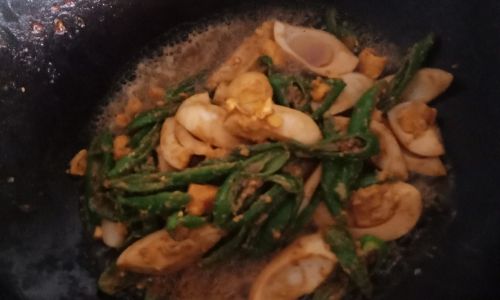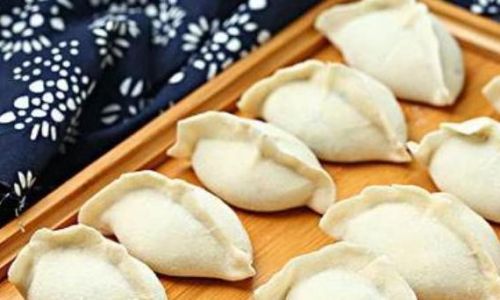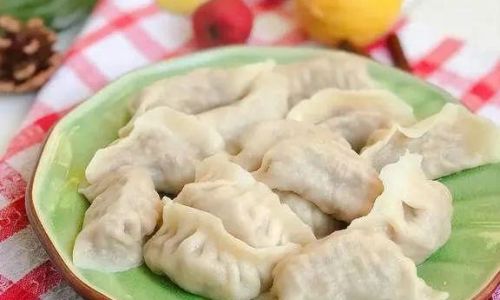Table of content
Scrambled eggs—a breakfast staple loved worldwide for its simplicity and versatility. Yet, achieving that perfect balance of creamy texture and rich flavor often feels like a culinary puzzle. Many home cooks struggle with overcooked, rubbery eggs or bland, watery scrambles. Fear not! This guide will unravel the secrets to cooking scrambled eggs that are both effortless to prepare and undeniably delicious. Whether you’re a kitchen novice or a seasoned home chef, these techniques will elevate your breakfast game with minimal effort.
The Foundations: Ingredients and Tools
Before diving into the cooking process, let’s dissect the basics. The beauty of scrambled eggs lies in their humility—they require just a handful of ingredients but demand attention to detail. Here’s what you’ll need:

- Eggs: Fresh, high-quality eggs are non-negotiable. Opt for free-range or organic eggs if possible; their vibrant yolks and rich flavor will shine through.
- Fat: Butter, olive oil, or a neutral oil like vegetable oil. Butter adds a luxurious depth, while oil keeps the dish dairy-free.
- Seasonings: Salt (preferably kosher or sea salt), black pepper, and optional additions like herbs, cheese, or spices.
- Add-Ins (Optional): Ingredients like cheese, spinach, tomatoes, mushrooms, or smoked salmon can transform a simple scramble into a gourmet meal.
Tools: A nonstick skillet is your best friend here. Its slippery surface ensures eggs cook evenly without sticking. A rubber spatula or wooden spoon will help gently fold the eggs as they set.
Step-by-Step Cooking Process
Preparation: The Key to Creamy Eggs
- Crack and Whisk: Start by cracking 2–3 eggs per serving into a bowl. Avoid whisking too vigorously—a gentle stir with a fork until the yolks and whites are just combined is ideal. Overmixing can incorporate too much air, leading to a dry, porous texture.
- Add Fat: Heat your skillet over medium-low heat. Melt 1–2 teaspoons of butter or oil, tilting the pan to coat the surface evenly. Low, steady heat is crucial here; high temperatures will toughen the eggs.
Cooking: Patience Pays Off
- Pour and Wait: Pour the eggs into the skillet and let them sit undisturbed for 10–15 seconds. This allows the edges to set slightly before stirring.
- Gentle Stirring: Using a rubber spatula, slowly push the eggs from one side of the pan to the other, creating large, soft curds. Repeat this motion continuously but gently. Avoid aggressive stirring, which breaks the curds into tiny pieces and releases moisture, leading to a watery scramble.
- Low and Slow: Resist the urge to crank up the heat. Cooking over medium-low heat ensures the eggs set gradually, retaining their moisture. This process should take 3–5 minutes, depending on your stove’s intensity.
Finishing Touches: Elevating Flavor
- Season Wisely: Add salt and pepper only after the eggs begin to set. Salt added too early can break down the proteins, resulting in a rubbery texture.
- Add-Ins: For cheese lovers, sprinkle grated cheddar, Parmesan, or feta during the last 30 seconds of cooking. The residual heat will melt the cheese into gooey perfection. For vegetables, sauté them separately first to avoid overcooking the eggs.
- Finish with Cream (Optional): For an extra-luxurious scramble, stir in a tablespoon of heavy cream, crème fraîche, or sour cream just before removing the eggs from the heat. This adds a velvety richness.
Pro Tips for Perfect Scrambled Eggs
- Don’t Overcook: Remove the eggs from the heat when they still look slightly underdone. Residual heat will continue cooking them to a soft, creamy consistency.
- Use a Silicone Spatula: Unlike wooden spoons, silicone spatulas conform to the pan’s shape, scraping up every bit of egg and preventing sticking.
- Experiment with Herbs: Fresh chives, parsley, or dill add a pop of color and freshness. Fold them in at the end to preserve their flavor.
- Try Different Fats: Browned butter imparts a nutty aroma, while coconut oil adds a tropical twist.
- Add Acidity: A splash of lemon juice or vinegar brightens the flavor and cuts through the richness.
Variations to Keep Things Interesting
Scrambled eggs are a blank canvas for creativity. Here are five easy twists:
- Spanish-Style: Stir in chopped tomatoes, onions, and bell peppers (sofrito) before cooking. Top with a fried egg for extra decadence.
- Italian-Inspired: Mix in sun-dried tomatoes, fresh basil, and a sprinkle of Parmesan.
- Mediterranean: Fold in Kalamata olives, feta cheese, and a pinch of oregano.
- Spicy Kick: Add diced jalapeños, a dash of hot sauce, and a sprinkle of smoked paprika.
- Vegetarian Delight: Incorporate sautéed spinach, mushrooms, and cherry tomatoes for a hearty meal.
Common Mistakes and How to Avoid Them
- High Heat: Cooking eggs too quickly causes them to become dry and rubbery. Stick to medium-low heat.
- Overcrowding the Pan: Cook eggs in batches if necessary. Overcrowding lowers the pan’s temperature, leading to steaming instead of frying.
- Skipping Rest Time: Letting the eggs rest off the heat for 30 seconds ensures they don’t overcook.
- Using Old Eggs: Fresh eggs hold their shape better and have a brighter flavor.
The Science Behind Creamy Scrambled Eggs
Eggs are primarily composed of water, proteins, and fats. When heated, the proteins (ovalbumin and ovotransferrin) denature and coagulate, forming a network that traps moisture. Cooking eggs slowly allows this process to happen gently, preserving moisture and creating a soft texture. Rapid heating forces the proteins to contract violently, squeezing out liquid and resulting in a dry scramble.

Pairing Suggestions
Scrambled eggs pair beautifully with:
- Toast: Sourdough, rye, or whole-grain bread toasted and rubbed with garlic.
- Avocado: Creamy avocado slices add a buttery contrast.
- Bacon or Sausage: For a classic breakfast combo.
- Fresh Fruit: A side of berries or citrus wedges balances the richness.
Conclusion
Mastering scrambled eggs is a rite of passage for any home cook. By focusing on fresh ingredients, low heat, and gentle handling, you can achieve a dish that’s both comforting and gourmet. Whether you prefer them plain, cheesy, or loaded with veggies, the principles remain the same: patience and attention to detail. So next time you’re standing at the stove, remember—great scrambled eggs aren’t rushed; they’re crafted with care. Fire up that skillet, and let the magic unfold one gentle stir at a time.






0 comments